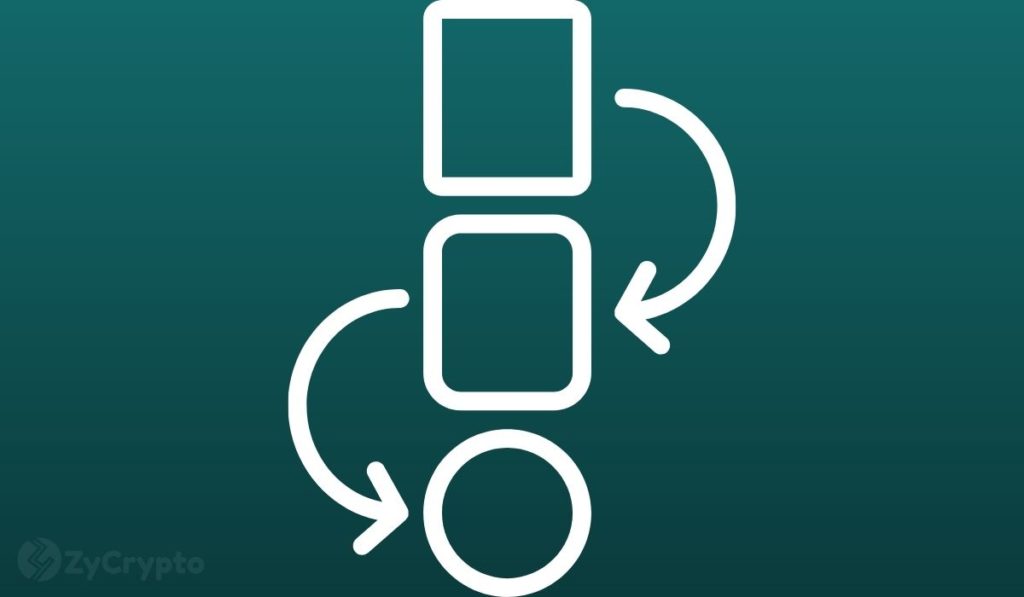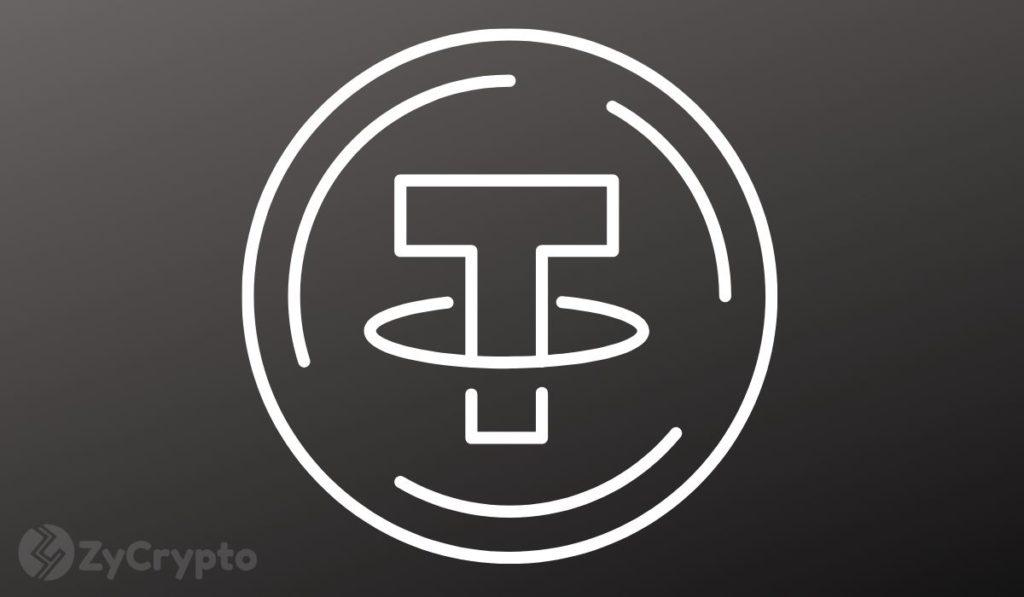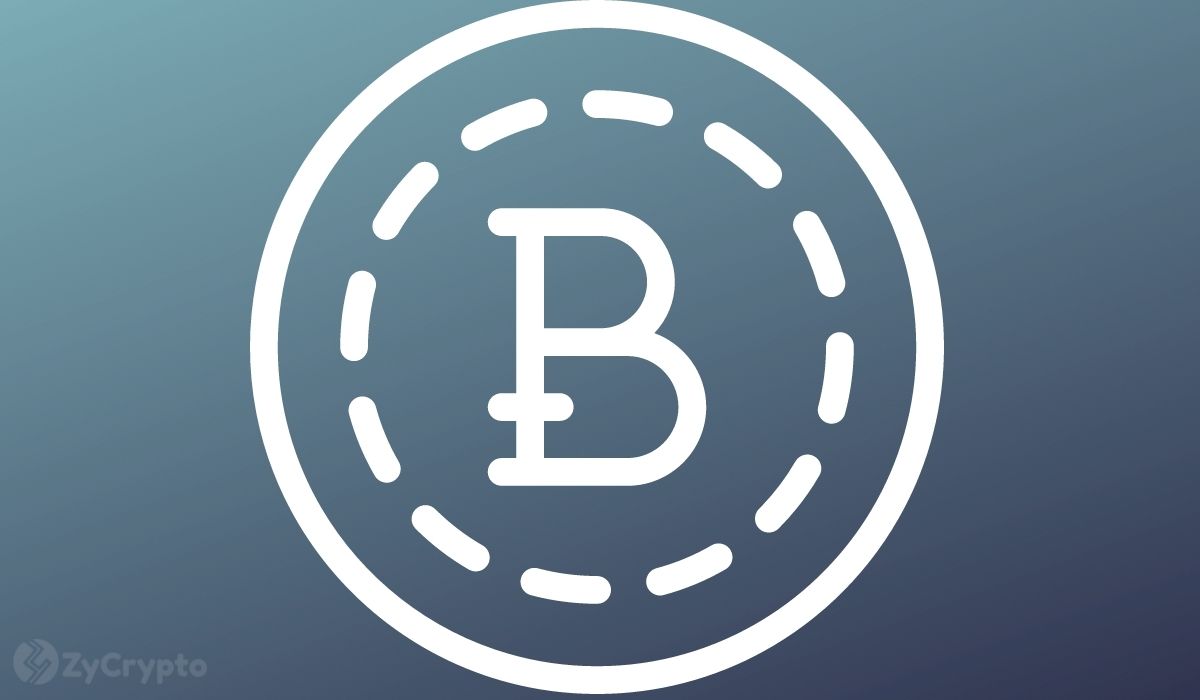
2021-5-6 19:56 |
The cryptocurrency community will witness some of the biggest network changes this year. Ethereum’s EIP upgrade was the first to stir excitement for Ethereum proponents this year, with the implementation of five EIPs which took place during April’s Berlin Fork. Now, the Bitcoin network might be on its way to redefining what we know the network to be, as the Taproot upgrade is increasingly becoming a possibility.
The future of Bitcoin after the Taproot upgrade is unimaginably bullishFrom the GitHub documentation of Taproot, the upgrade is essentially a “proposed Bitcoin protocol upgrade that can be deployed as a forward-compatible soft fork.” The taproot will play a major role in enhancing the Bitcoin network scalability and transactions will become a lot more private. Excerpts of the GitHub documentation explain further, how this will come about.
“By combining the Schnorr signature scheme with MAST (Merklized Alternative Script Tree) and a new scripting language called Tapscript, Taproot will expand Bitcoin’s smart contract flexibility, while offering more privacy by letting users mask complex smart contracts as a regular bitcoin transaction.”
The upgrade will have a significant effect in decreasing the level of load that the network currently carries. The level at which Bitcoin processes transactions will become faster and transaction fees will reduce significantly. All of these changes are bound to precede the reduction in the network’s transactions space, courtesy of the Taproot upgrade.
Taproot already gaining massive support from Bitcoin community membersTaproot will be the biggest upgrade for the Bitcoin community since 2017, when the Segregated Witness (Segwit) upgrade was activated. Taproot was initially introduced by software developer Gregory Maxwell in 2018.
The only pullback that can hinder the implementation of Taproot at this point, is a dismissive response from network operators. But as crypto personality Alejandro del la Torre told Coindesk, there’s a good chance that Taproot will be approved. In order for Taproot to be approved, the “Speedy trial” test must be completed by miners who are obligated to update their nodes and confirm that they are in support of Taproot. The 2,016 retarget period must see a maximum of 90% of blocks show interest in Taproot before it is locked in and expected to kick off in November. Presently over 25% of the network’s SHA256 hashrate has approved of the update.
As Bitcoiners remain excited for what is to come, Ethereum proponents are anticipating the launch of EIP-1559 come July. Post the activation of the network upgrade on the Ethereum and Bitcoin ecosystem, the competition between both assets is likely to intensify.
origin »New Year Bull (NYB) на Currencies.ru
|
|
































